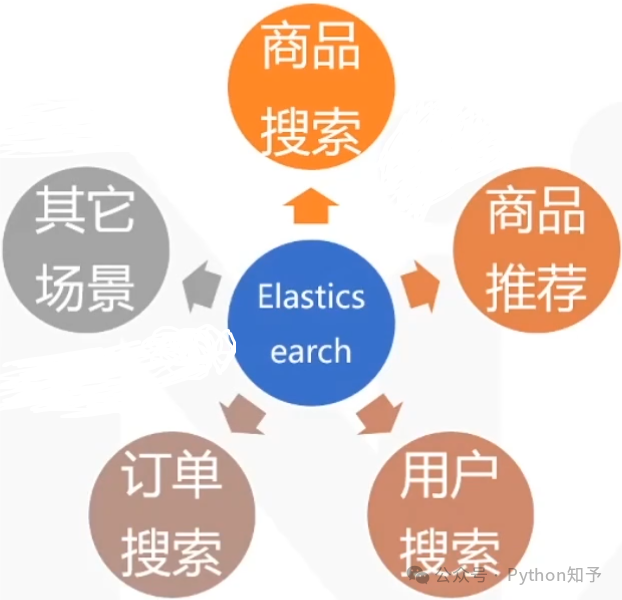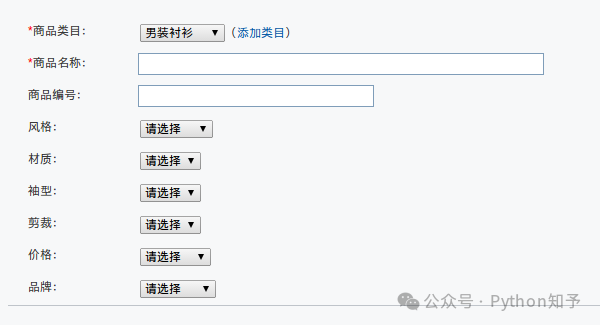Building an E-commerce System with C++: Unlocking the Key to Basic Functions
Introduction: The Rise of C++ in E-commerce Development

Introduction: The Rise of C++ in E-commerce Development
In today’s era, the e-commerce industry resembles a high-speed operating super engine, continuously driving the vigorous development of the global economy. Data shows that in 2022, the global e-commerce market sales exceeded $4 trillion, and China has maintained its position as the world’s largest online retail market for 11 consecutive years, with online retail sales reaching 15.42 trillion yuan in 2023, a year-on-year increase of 11%. Behind this prosperity, technology plays an indispensable role, and C++, as a powerful and efficient programming language, is gradually emerging in the field of e-commerce system development.
Some may wonder why C++ stands out among many commonly used languages in e-commerce development. The reason lies in the multiple challenges faced by e-commerce systems, such as high concurrency, big data processing, and stringent performance requirements. C++, with its characteristics close to the underlying hardware, can deftly manipulate system resources, achieving excellent operational efficiency and ultra-fast response times. Next, let us delve into the extraordinary basic functions that C++ development can provide for e-commerce systems.
1. User Management: The “Traffic Entrance” of E-commerce Systems

In the world of e-commerce, user management is like the bustling “traffic entrance,” controlling every checkpoint for users entering and navigating through the e-commerce system. It encompasses not only basic operations such as user registration and login but also meticulous maintenance of user information and rigorous permission management. Every link is closely interconnected, laying a solid foundation for the smooth operation of the e-commerce system.
Take user registration as an example; it is the first step for users to enter the e-commerce platform. Through careful design in C++, the registration page is simple and efficient, guiding users to easily input key information such as name, username, password, and contact details. To ensure the accuracy and completeness of user information, the system employs strict verification mechanisms in the backend, carefully checking the format, length, and other aspects of the input. Once an error is detected, it will promptly provide precise feedback, allowing users to correct it in a timely manner. Meanwhile, password encryption technology acts as a loyal guardian, securely storing the encrypted passwords in the database, effectively preventing information leakage risks.
Once users complete registration, the login function becomes the key to starting their shopping journey. The login module built with C++ responds quickly; after users input their username and password, the system instantly verifies the database information, allowing access if verified, enabling users to quickly enter the shopping interface. During this process, features such as “remember password” and “retrieve password” are also available, providing great convenience to users. Even if they occasionally forget their passwords, they can easily retrieve them through mobile verification codes or email verification, ensuring a smooth shopping experience.
The user information maintenance function grants users control over their information. On the personal center page, users can easily modify their name, address, contact details, and more, ensuring accurate delivery of purchases. Furthermore, for privacy settings, such as order viewing permissions and notification preferences, users can also adjust them according to their needs, fully protecting their privacy and enjoying a personalized shopping experience.
Permission management plays a crucial role as the “gatekeeper” in the e-commerce system. For different user groups, such as ordinary consumers, merchants, and administrators, C++ assists the system in setting distinct permission levels. Ordinary consumers focus on browsing products, placing orders, and checking order status; merchants have exclusive permissions to manage their stores, list and delist products, and handle order shipments; administrators act as the system’s “super housekeeper,” overseeing user information audits, system settings, and data analysis. This meticulous permission division ensures both user convenience and system security and stability, allowing the e-commerce ecosystem to operate in an orderly manner.
2. Product Management: The “Core Shelf” of E-commerce

In the fascinating world of e-commerce systems, product management is undoubtedly the most essential “super shelf,” encompassing product information input, listing and delisting operations, precise inventory management, and convenient classification and retrieval, like a versatile housekeeper meticulously managing every product’s “past and present,” laying a solid foundation for the precision and efficiency of e-commerce operations.
During the product information input phase, it resembles a comprehensive “digital portrait” of the product. With the powerful capabilities of C++, merchants can accurately input vast amounts of information, including product name, number, category, brand, detailed description, price, and inventory quantity. For example, for a fashionable smartphone, merchants will not only input hardware information such as brand name, model, color, screen size, and camera specifications but also describe its unique software features, such as intelligent voice assistants and customizable interfaces, complemented by beautiful images and vivid video introductions, showcasing the product’s charm in a comprehensive and three-dimensional manner. During the input process, C++’s strict data verification mechanism acts like a meticulous quality inspector, ensuring the accuracy and completeness of every piece of information, preventing erroneous data from entering the system and presenting consumers with the most authentic and reliable product details.
The listing and delisting functions control the timing of a product’s “debut” and “exit.” Merchants can flexibly use the listing and delisting operations implemented in C++ according to sales strategies, inventory status, and market dynamics. When a new product is launched, a simple click can quickly list the product, allowing it to shine on the e-commerce platform’s “stage” and attract consumers’ attention. Conversely, when facing stock shortages, seasonal products going out of season, or product updates, merchants can promptly delist products to avoid the awkward situation of consumers placing orders for out-of-stock items. During promotional events, merchants can also quickly adjust product displays through bulk listing and delisting operations, creating a lively promotional atmosphere to attract consumers.
Inventory management serves as the “logistical guarantee” for e-commerce operations, impacting supply chain smoothness and customer satisfaction. C++ assists the system in performing real-time, precise monitoring of inventory. After each order is completed, inventory quantities are automatically updated to ensure data timeliness and accuracy. If inventory falls below a preset alert level, the system immediately issues a warning, reminding merchants to restock, acting like an intelligent housekeeper. Additionally, to address special situations such as returns, exchanges, and delayed restocking, the inventory management module also features flexible adjustment capabilities, allowing merchants to manually input changes in inventory, ensuring that inventory data always aligns with actual conditions.
The classification and retrieval function acts as a thoughtful shopping assistant for consumers, making shopping easy and enjoyable. The classification system built with C++ is detailed, allowing products to be categorized by various dimensions such as category, brand, price range, target audience, and functional characteristics. When consumers want to purchase sports equipment, they can simply click the “Sports and Outdoors” category in the classification menu to quickly browse a wide array of products such as sports shoes, clothing, and fitness equipment. If they wish to select a cost-effective smartwatch, they can set price ranges and filter conditions like “smart wearable” and “electronic products” to precisely locate their desired products. This convenient classification and retrieval method significantly enhances shopping efficiency, allowing consumers to quickly find what they need among a vast array of products and enjoy the joy of shopping.